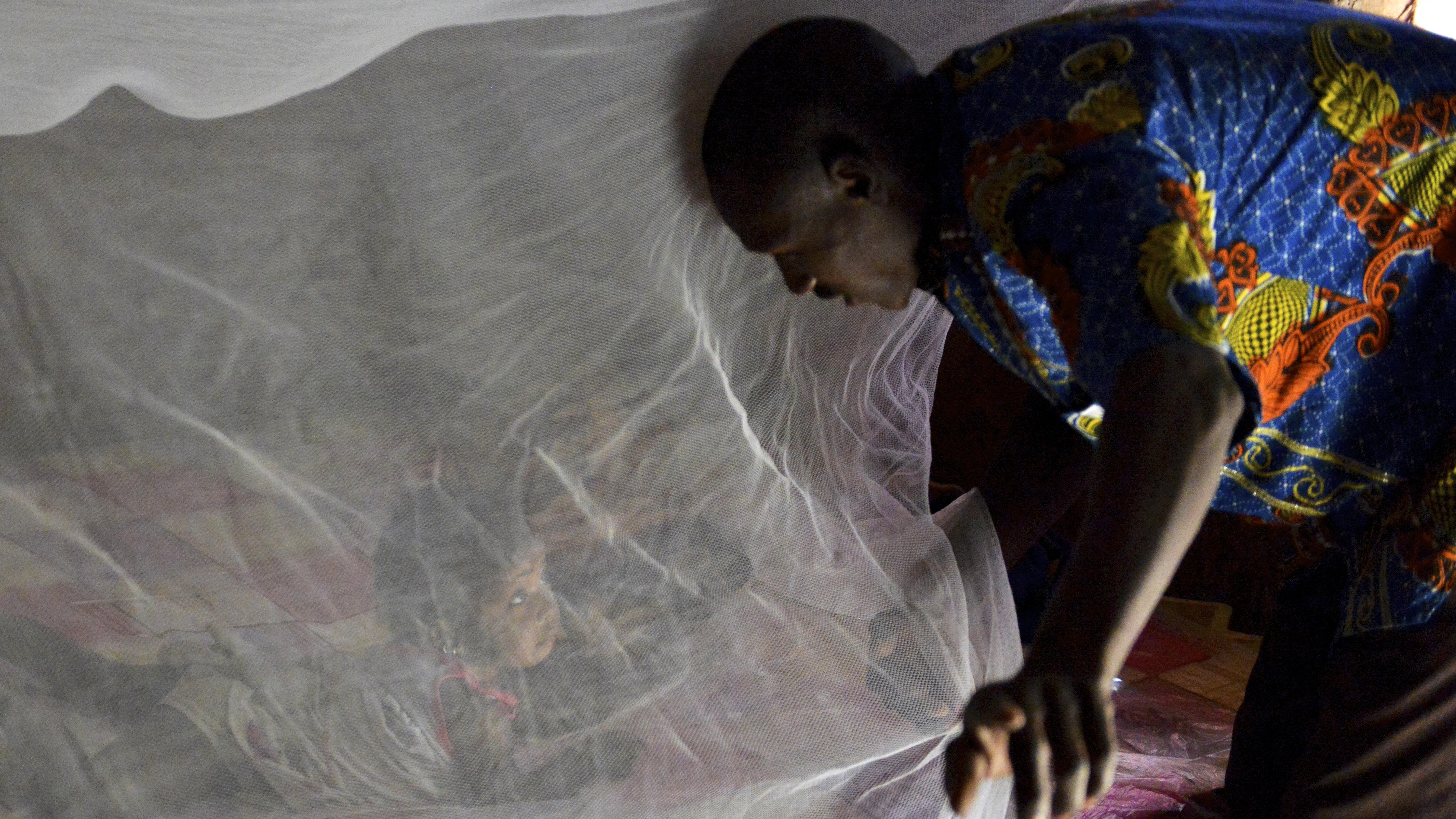
In a step toward better control of the mosquitoes that transmit malaria, researchers, including those from LSTM, have mapped the patterns of insecticide resistance in Anopheles gambiae mosquitoes across Africa.
The study, published in the journal PLOS Biology, is led by researchers at the University of Oxford, with co-PIs Dr Michael Coleman and Professor Janet Hemingway from LSTM, and found that resistance to five mainstream insecticides increased dramatically between 2005 and 2017.
Dr Michael Coleman said: “The wide-spread deployment of standard pyrethroid-treated bednets has been key to the large reductions in malaria prevalence that we have seen in Africa over the last few decades. Clearly, this rapid spread of resistance to pyrethroids signals an urgent need to be able to better understand the efficiency of different resistance management strategies, and to understand the impact of resistance on malaria transmission and control.”
There are more than 400,000 deaths due to malaria worldwide each year, with more than half of all cases occurring in just six countries in Sub-Saharan Africa. In recent years, progress in reducing the burden of malaria in these areas has resulted from expanded mosquito control programs. However, field studies have suggested an increase in insecticide resistance among the mosquitoes that transmit malaria. This could lead to a decrease in the effectiveness of interventions such as insecticide-treated bednets, which are a mainstay of malaria prevention across the continent.
In this new study, which is part of a wider body of work aiming to collate the largest disaggregated insecticide resistance data set and map it for malaria vector control programmes, researchers analyzed a published database of information on mosquitoes collected throughout mainland Sub-Saharan Africa between 2005 and 2017. The study looked at 6423 observations across 1466 different locations. They used the data to map and model when and where insecticide resistance had arisen in populations of Anopheles gambiae mosquitoes.
In West Africa, resistance to pyrethroids—the only class of insecticides used in all treated bednets—increased drastically over the timeframe. For instance, 15% of West Africa had mosquitoes with resistance to deltamethrin in 2005, but by 2017 this had risen to 98%. In East Africa, resistance to pyrethroids increased to a lesser degree, expanding from 9% to 45% of the region. Similar increases were seen among populations of mosquitoes resistant to DDT, a chemical often used for indoor spraying to kill malaria-transmitting mosquitoes.
Mapping trends in insecticide resistance phenotypes in African malaria vectors – as published in PLOS Biology https://doi.org/10.1371/journal.pbio.3000633